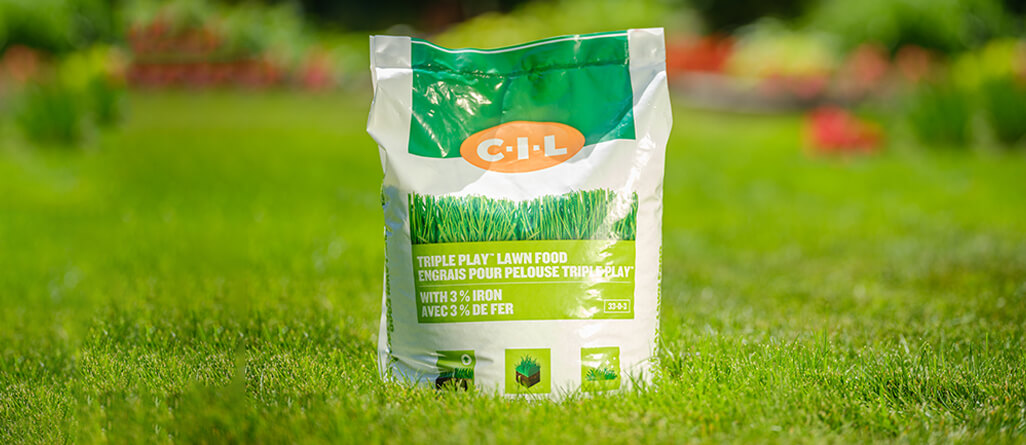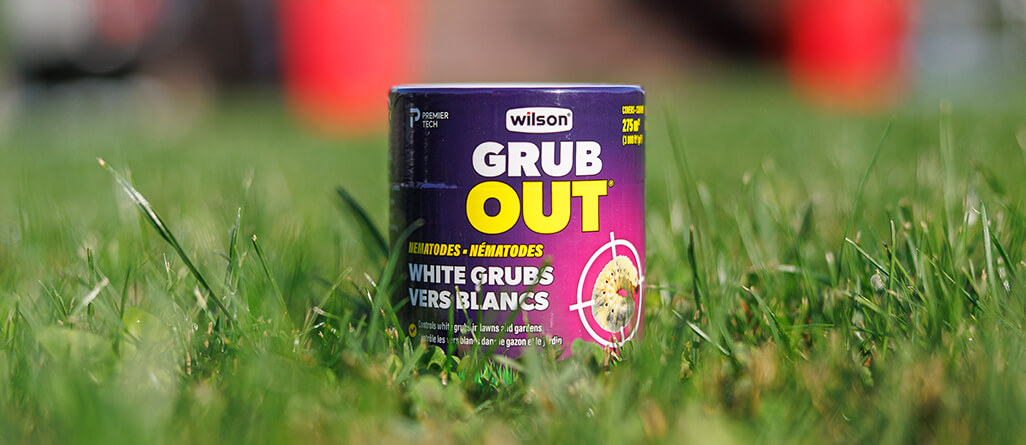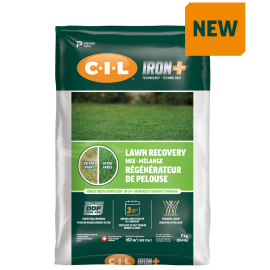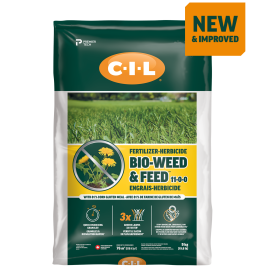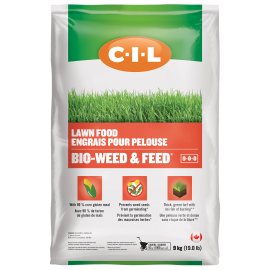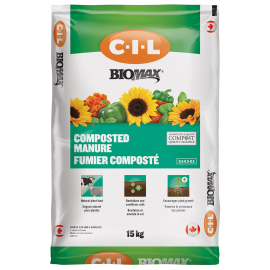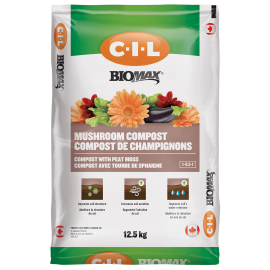How to take care of your lawn in August

As August comes around, it’s time to give your lawn some extra attention to ensure it remains healthy. After stretches of hot, dry periods, and possibly some insect damage, your lawn may look like it’s suffering.
However, maintaining proper lawn care in the last full month of summer can help in facilitating grass growth before the fall.
By late August, you might need to apply nematodes, repair dead-looking patches and inject your lawn with a shot of nitrogen-potassium fertilizer.
Why is my grass more brown than green?
If there is no rainfall or watering, your lawn will go into a survival state. It will go dormant and turn brown. This is perfectly natural, and your lawn can survive 3-4 weeks of dormancy and bounce back.
Not to worry, as your lawn will pop up green if you start watering, or when the cooler, wetter weather revives it.
What's the best way to revive dead grass?
Three things you need to do this month to maintain green grass: watering, mowing high and fertilizing.
What is the best time to water your lawn in hot weather?
If there are no watering restrictions, see to it that your lawn receives at least 2.5 cm (1”) of water per week. Water in early morning or early evening. It’s a good idea to have a rain gauge to monitor rainfall and irrigation and try to aim for that 2.5 cm (1”) a week. One deep watering is better than a lot of small, shallow ones.
Should you leave your grass long or short in the summer?
Raise your mower to 8-10 cm (3-4”). Mow as needed at that higher level, especially during long, hot, dry periods. The taller grass blades shade the crown of the grass plants from the hot sun, and the soil doesn’t dry out as fast. Taller grass discourages chinch bugs and makes it harder for weed seeds to find bare spots to germinate. Mowing grass short is incorrect and only enables drought, insect and weed damage.
What is the best fertilizer to use in August?
Fertilize your lawn to restore it to its former glory. An application of fertilizer encourages recovery, fills in thin spots and returns general vigour going into the fall.
Our suggestions :
- IRON+ Lawn Food Spring and Summer 18-0-8
- Triple Play™ Lawn Food 33-0-3
- SO-GREEN Perfect Lawn Fertilizer 33-0-3 with FERTI-PLUS
What does a lawn look like with grub?
Grubs are underground larvae, and they cause damage by feeding on grass roots. You’ll find patches of dead or weakened grass that can be easily pulled up like a carpet. They’re often made worse by raccoons and skunks digging up the lawn.
During August, the newly hatched young grub larvae may be feeding on your grass roots and would be near the surface at this time. Control works best when the grubs are feeding near the surface.
If you see grub damage, apply Wilson GRUB OUT Nematodes, which are natural and beneficial microscopic worms selected especially to hunt down grubs. Apply them on the affected lawn areas and beyond with a Wilson Nematode Sprayer. Follow directions on package. Water them in right away or spray them just before a rainfall event to get them down to the target zone.
What are the first signs of chinch bugs?
Chinch bugs are surface insects that feed on plant juices and cause yellowing and browning of grass blades, often appearing first in areas experiencing drought stress or full sun.
If your lawn was not watered during the summer, the damage done by chinch bugs only becomes evident in late August when wetter, cooler weather starts greening up your formerly dormant lawn.
Apply Wilson GRUB OUT or BUG-X OUT Nematodes for chinch bugs. Water in after applying to get them down into the thatch and to the roots.
For more information, see link: Caring for your lawn in an environmentally friendly way
What month is best to reseed a lawn?
The ideal time for grass seed is late August to mid-September.
Think of grass plants in nature. Left alone and not mowed, the plant would grow tall and develop its seed heads by mid-August. In this natural process, the mature seeds fall to the ground, and with the onset of cooler, wetter weather, the seeds are set to germinate and grow before freezing up.
Late August to mid-September is the natural cycle time for grass seed. If you plan to repair bare areas, don’t forget to add lawn soil such as C-I-L Enriched Lawn Soil onto the repair area first. Then sprinkle with grass seed and gently press into the surface to ensure good seed-to-soil contact. Best to use quality seed such as C-I-L Grass Seed. Keep watered until established.
